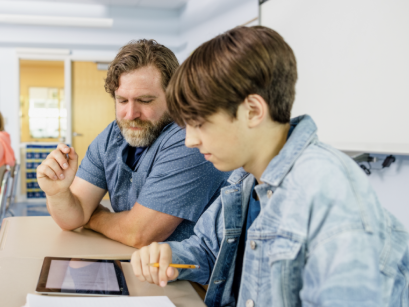Personalized learning is transforming classrooms across public school systems by focusing on the individual strengths, needs, and interests of each student. As educational priorities shift toward more inclusive and effective practices, many public schools are adopting personalized learning strategies to support equity, engagement, and academic growth. This article explores key trends in personalized learning and offers practical tips for implementation in public school settings.
Current Trends in Personalized Learning
- Technology Integration: Schools are increasingly using digital platforms to support adaptive instruction, monitor student progress, and provide tailored learning experiences.
- Competency-Based Education: Students advance based on mastery of a subject rather than time spent in class, allowing for flexible pacing and targeted support.
- Data-Informed Teaching: Educators are using real-time data to adjust instruction and identify student needs more accurately.
- Student Voice and Choice: Personalized learning emphasizes giving students greater input in how they learn and demonstrate their understanding.
- Professional Development: Teachers receive ongoing training to adapt instructional methods and integrate new tools that support personalized learning models.
Benefits for Public School Students
- Improved Engagement: Personalized learning helps students connect more deeply with content by aligning lessons with their interests.
- Increased Equity: Tailored support ensures that students from diverse backgrounds and ability levels have access to the resources they need to succeed.
- Stronger Relationships: With a focus on individual needs, educators build more meaningful connections with students, fostering trust and support.
Tips for Implementation
- Start Small: Begin with one subject or classroom before expanding personalized strategies across grade levels or departments.
- Use Student Profiles: Collect and maintain learning preferences, strengths, and goals to guide planning and instruction.
- Blend Traditional and Digital Tools: Combine hands-on activities with online platforms to create balanced, customized learning experiences.
- Encourage Reflection: Help students set goals, track progress, and reflect on their learning to promote ownership and accountability.
- Collaborate with Stakeholders: Engage teachers, families, and administrators in shaping and sustaining personalized learning initiatives.
Conclusion
Personalized learning is gaining momentum in public schools as a pathway to more equitable and effective education. By embracing technology, encouraging student voice, and supporting teacher growth, public schools can make personalized learning a reality for all students—fostering both academic achievement and lifelong learning.














